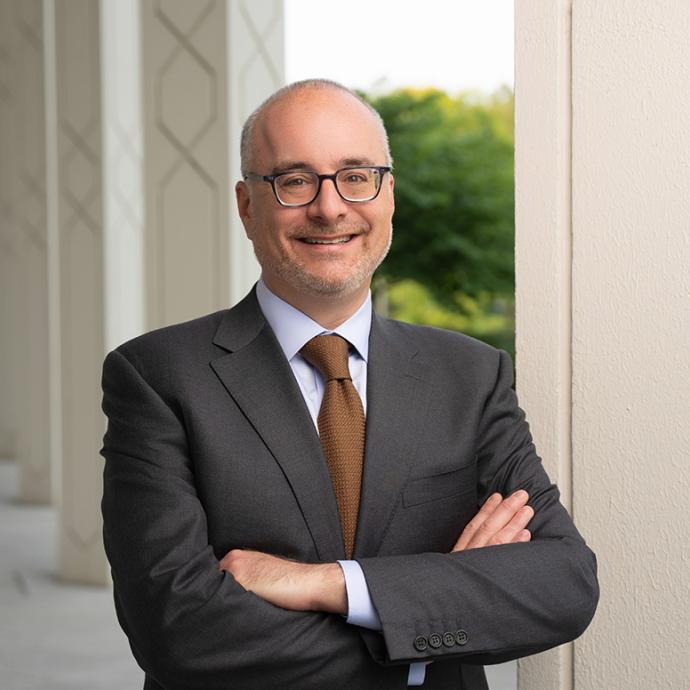A groundbreaking study released Nov. 15 by Chapin Hall at the University of Chicago reveals one in 10 young adults between the ages of 18 and 25, and at least one in 30 adolescents between the ages of 13 and 17, experience some form of homelessness over the course of a year.
This study captures youth homelessness broadly, including situations such as sleeping on the streets, in shelters, running away and couch surfing. “Missed Opportunities: Youth Homelessness in America” demonstrates the diverse circumstances of young people who experience homelessness, identifies who is most at risk and illuminates a nationwide problem cutting across rural and urban areas alike.
“We have a collective obligation to ensure all young people have a chance to succeed, starting from a young age,” said Bryan Samuels, executive director of Chapin Hall at the University of Chicago. “Intervening and building stability during adolescence and young adulthood for those at highest risk will have lifelong effects. As a country, we can look for the missed opportunities in schools, communities and public services to prevent youth homelessness.”
Chapin Hall’s national survey of 26,161 people offers new insight into the scope and urgency of youth homelessness in America, providing data to inform policy. The study found that that certain populations—specifically, African-American and Hispanic youths; young people who identify as lesbian, gay, bisexual and transgender; young parents; and those who have not completed high school—are statistically more likely to experience homelessness than their peers. The study also shows that young people living in rural and urban communities experience homelessness at similar rates.
Missed Opportunities found:
- Youth homelessness is a broad and hidden challenge. Overall, of households with 13- to 17-year-olds, the survey found a 4.3 percent prevalence rate for homelessness; a minimum of 700,000 adolescent minors, or 1 in 30 of the total population of 13- to 17-year-olds. Of these reports, three percent included explicitly reported homelessness (meaning, that the respondent identified the adolescent’s experience as homelessness, running away, or being kicked out) and 1.3 percent represented the more hidden homelessness experience of couch surfing (couch surfing is moving from one temporary place to another without another safe and stable place to live.) Among 18- to 25-year-olds the prevalence climbs higher to 9.7 percent, or one in 10 (3.5 million) young adults. About half of the young adults reported explicitly-reported homelessness (self-identified as homelessness), and half couch surfing only.
- Youth homelessness involves diverse experiences and circumstances. While the concept of homelessness might seem straightforward, it takes many forms in terms of situations, needs and duration. Different circumstances require different solutions.
- Prevention and early intervention are essential. The national survey revealed that about half of the young people ages 13 to 25, who were homeless during the 12-month period studied experienced homelessness for the first time. Youth homelessness must be prevented to be solved.
- Youth homelessness affects rural youth at similar levels. Before now, little was known about the degree of youth homelessness in rural areas compared to urban areas. The study indicates that, apart from more visible homelessness such as youth asking for help on city corners, youth in rural, suburban, and urban counties experience very similar prevalence rates of homelessness. In predominantly rural counties, 9.2 percent of young adults reported any homelessness while, in predominantly urban counties, the prevalence rate was 9.6 percent. Household prevalence of any homelessness among adolescents ages 13-17 was 4.4 percent in predominantly rural counties and 4.2 percent in mainly urban counties.
- Some young people are at greater risk of experiencing homelessness. Certain groups of young people are more likely to experience homelessness. The study prompts Congress to consider targeted strategies for these groups.
The report recommends that Congress:
- Fund conducting national estimates of youth homelessness biennially to track our progress in ending youth homelessness.
- Fund housing interventions, services and prevention efforts in accordance with the scale of youth homelessness, accounting for different needs.
- Encourage assessment and service delivery decisions that are responsive to the diversity and fluidity of circumstances among youth experiencing homelessness.
- Build prevention efforts in systems where youth likely to experience homelessness are in our care: child welfare, juvenile justice and education.
- Acknowledge unique developmental and housing needs for a young population, and adapt services to meet those needs.
- Tailor supports for rural youth experiencing homelessness to account for more limited service infrastructure over a larger terrain.
- Develop strategies to address the disproportionate risk for homelessness among specific subpopulations, including pregnant and parenting, LGBT, African American and Hispanic youth and young people without high school diplomas.
“Our survey looked to give the nation—for the first time—a fuller view of youth homelessness by finding young people who don’t always get counted through systems and community-based efforts,” said Matthew Morton, research fellow at Chapin Hall, who oversaw the study. “We know that if we stop youth homelessness early, this prevents deeper homelessness and reduces public costs in the future. With new evidence in hand, Congress can support action.”
View the full report at the Voices of Youth Count website.










 —Prof. Kunle Odunsi
—Prof. Kunle Odunsi
